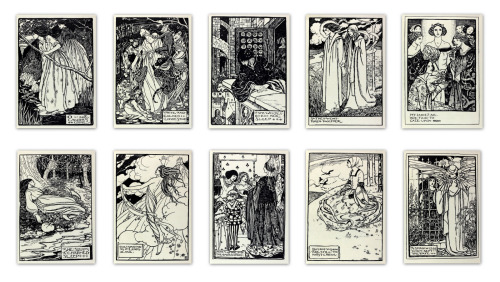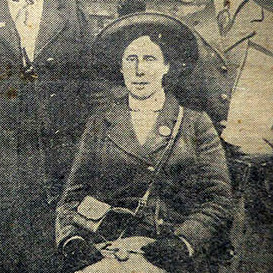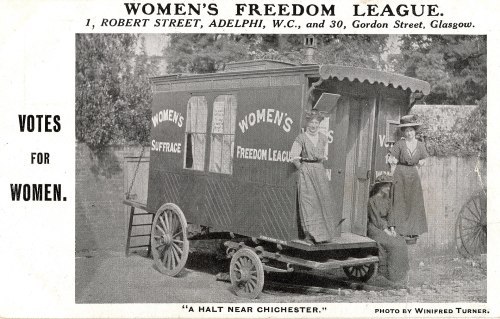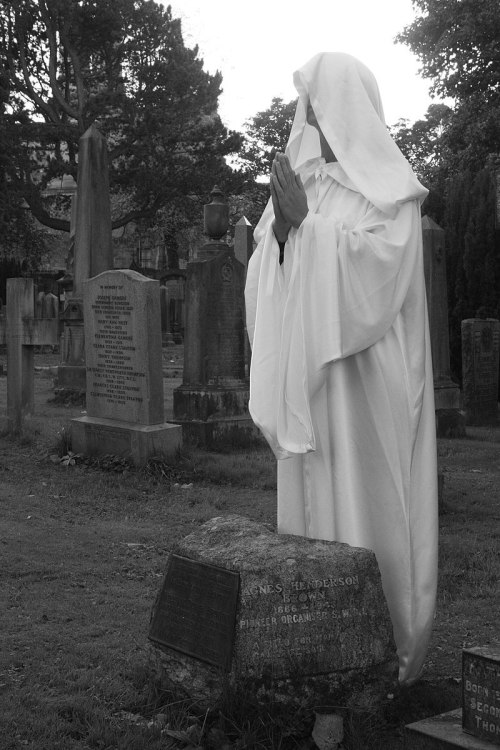Big Mood
big mood
More Posts from Maromrom and Others

via weheartit

Florence Harrison’s Illustrations from Poems by Christina Rossetti 1910


Juliusmarom!!!!!!
Women in Mexico disappear.
Today is a historic day in my country, we’re fed up with gender violence in Mexico. They’re killing us. Picture this, you can’t walk outside your own house because you fear the worst, you fear that your clothes are too revealing, you fear that you’re too alone, you fear that you’re walking the wrong streets. Day after day you wake up to the news of another feminicide. They’re killing us. You see it, you hear it, you fear it. What if I’m the next one? You’re always wondering. They’re killing us.
10 women are killed every day, only because they’re women. And it doesn’t matter where we are, what we’re wearing, who we are. It’s not our fault, because they keep killing us.
If we keep up at this rate? What’ll be of us?
Yesterday we marched.
(None of the pictures are mine)

“I march because I’m alive and I don’t know until when.”
“Today, all our voices aren’t together because, from death, one can’t scream.”

“We’re not hysteric, we’re historic.”

“Mom, if you don’t find me, look up for me in the stars.”
Yesterday we screamed. We flourished.


“Mom, don’t worry, today I’m not alone in the streets.”
Our monuments bled to represent us.

We screamed.

But not today, today march 9th 2020. We silenced ourselves.
Today, we disappeared. No social networks, not a single woman in the streets, not a single woman working, not a single woman studying, not a single woman at any store.
What would Mexico be without us? If you don’t want us in the streets, fine we’ll disappear.
Without us, you’ll collapse.
Mexico woke up with no women ticket-sellers in the subway stations, no women tellers at the bank.

No women’s column on the newspapers.

No women at their jobs.

No women at school.

No women on the streets.

Mexico woke up with no women.
We can’t accept what we can’t change, but we will change what we can’t accept.
We are angry, and we will rise. Because without us, you’re nothing.
This place is a dream






Edimburgo
https://www.instagram.com/p/B7Tzm0RBpxq/?igshid=z8ga1sr7ybt4

in light of recent events, decided to redraw a still relevant old drawing of mine


#Highlands #Scotland #Bestmomentsinlife



The Scottish Suffragette Agnes Henderson Brown was born on April 12th 1866 in Edinburgh.
Nannie Brown, as she later became known as was born at 125 Princes Street, which is slap bang opposite the Castle. The street in those days would have been mainly a residential one, as it was meant to be in the plans for the New Town, George Street was meant to be the main shopping are.
Their father was interested in social and political reform and the house became a centre of cultural activity. The Dad ran a number of fruit shops under the title of William Brown & Sons he trained his daughters, Agnes and Jessie, well and refused to submit to laws that he objected to, he was an activist for women’s rights. His opposition to taxes that differentiated between genders caused him to end up in Calton Gaol.
Agnes and her sister Jessie were among the first women to be seen on bicycles in Scotland. The safety bicycle was the direct ancestor of today’s machines. With a slight adaptation they attracted thousands of women to cycling and some historians point to the safety bicycle as the beginnings of suffrage, women’s rights and feminism.
They first became active in the (WFL) Women’s Freedom League around 1910. Agnes was one of 6 women who walked the whole length of the Edinburgh to London suffrage march in 1912. It took five weeks and involved walking around 15 miles a day and attending a suffrage rally each evening. The marchers were dressed in russet brown jackets, earning the six women the name (the) Brown Women.
Following Emily Davison’s death at the Derby in 1913 a deputation of Councillors, JPs ministers, solicitors and barristers from Scotland and the North of England tried to see Prime minister Asquith, He refused to see them so they formed the ‘Northern Men’s Federation for Women’s Suffrage’ Agnes became secretary of the Edinburgh Branch.
Unlike the (WSPU) The Women’s Social and Political Union , the WFL welcomed male support in the struggle. They continued campaigning throughout the war years.
After the war Agnes was involved in setting up the (SWRI) Scottish Women’s Rural Institute and was an organiser from 1917-22. She was also a member of the Edinburgh Women’s Citizens Association.
Nannie Brown wrote articles and plays and participated in societies such as the Edinburgh Dickens Fellowship, where she learned women to type and ride a bicycle.
She continued to walk. Not content with the Brown Women walk she repeated a similar walk but this time she set off from John O Groats. As she travelled to London she reported on her journey in the Weekly Scotsman.
Agnes Brown died on 1st December 1943 and was buried with her parents in Dean Cemetery Edinburgh. She was noted in the Scottish Saltire Society who published her obituary as an Outstanding Women of Scotland Community in 2014
-
 waypastdue liked this · 4 months ago
waypastdue liked this · 4 months ago -
 alexissrose reblogged this · 4 months ago
alexissrose reblogged this · 4 months ago -
 aidaucal liked this · 5 months ago
aidaucal liked this · 5 months ago -
 sierra117-21 liked this · 5 months ago
sierra117-21 liked this · 5 months ago -
 pandaswanderschaft liked this · 5 months ago
pandaswanderschaft liked this · 5 months ago -
 garciasaul reblogged this · 5 months ago
garciasaul reblogged this · 5 months ago -
 dela-rosings liked this · 5 months ago
dela-rosings liked this · 5 months ago -
 bio-zurgy reblogged this · 5 months ago
bio-zurgy reblogged this · 5 months ago -
 zurgy liked this · 5 months ago
zurgy liked this · 5 months ago -
 rick-and-joshua liked this · 5 months ago
rick-and-joshua liked this · 5 months ago -
 astat3ofgrac3 reblogged this · 5 months ago
astat3ofgrac3 reblogged this · 5 months ago -
 clauvai liked this · 6 months ago
clauvai liked this · 6 months ago -
 loveisthemostimportantthingever liked this · 6 months ago
loveisthemostimportantthingever liked this · 6 months ago -
 katysoarus reblogged this · 1 year ago
katysoarus reblogged this · 1 year ago -
 applecoreart liked this · 1 year ago
applecoreart liked this · 1 year ago -
 revorocketnails liked this · 1 year ago
revorocketnails liked this · 1 year ago -
 animalsaesthetic reblogged this · 1 year ago
animalsaesthetic reblogged this · 1 year ago -
 masodkia liked this · 1 year ago
masodkia liked this · 1 year ago -
 bonarue reblogged this · 1 year ago
bonarue reblogged this · 1 year ago -
 stevia333k reblogged this · 1 year ago
stevia333k reblogged this · 1 year ago -
 stevia333k-naturepics reblogged this · 1 year ago
stevia333k-naturepics reblogged this · 1 year ago -
 0815-4711-02 liked this · 2 years ago
0815-4711-02 liked this · 2 years ago -
 slowlysillysheep liked this · 2 years ago
slowlysillysheep liked this · 2 years ago -
 cavegirl66 liked this · 2 years ago
cavegirl66 liked this · 2 years ago -
 laurelindebear reblogged this · 2 years ago
laurelindebear reblogged this · 2 years ago -
 misfit-megumi liked this · 2 years ago
misfit-megumi liked this · 2 years ago -
 gears-and-glasses reblogged this · 2 years ago
gears-and-glasses reblogged this · 2 years ago -
 mwiemistbauen liked this · 2 years ago
mwiemistbauen liked this · 2 years ago -
 turvy-topsey reblogged this · 2 years ago
turvy-topsey reblogged this · 2 years ago -
 gears-and-glasses liked this · 2 years ago
gears-and-glasses liked this · 2 years ago -
 delightedobserverintraining liked this · 2 years ago
delightedobserverintraining liked this · 2 years ago -
 anonyclaws liked this · 2 years ago
anonyclaws liked this · 2 years ago -
 bigballofwibbleywobbely reblogged this · 2 years ago
bigballofwibbleywobbely reblogged this · 2 years ago -
 elegantenemymiracle liked this · 2 years ago
elegantenemymiracle liked this · 2 years ago -
 catarharpo liked this · 2 years ago
catarharpo liked this · 2 years ago -
 dpdgwithjandp reblogged this · 2 years ago
dpdgwithjandp reblogged this · 2 years ago -
 dpdgwithjandp liked this · 2 years ago
dpdgwithjandp liked this · 2 years ago -
 mindnot-that-much liked this · 2 years ago
mindnot-that-much liked this · 2 years ago -
 rosebudwaifu liked this · 2 years ago
rosebudwaifu liked this · 2 years ago -
 sweatypickleprofessorherring liked this · 2 years ago
sweatypickleprofessorherring liked this · 2 years ago
